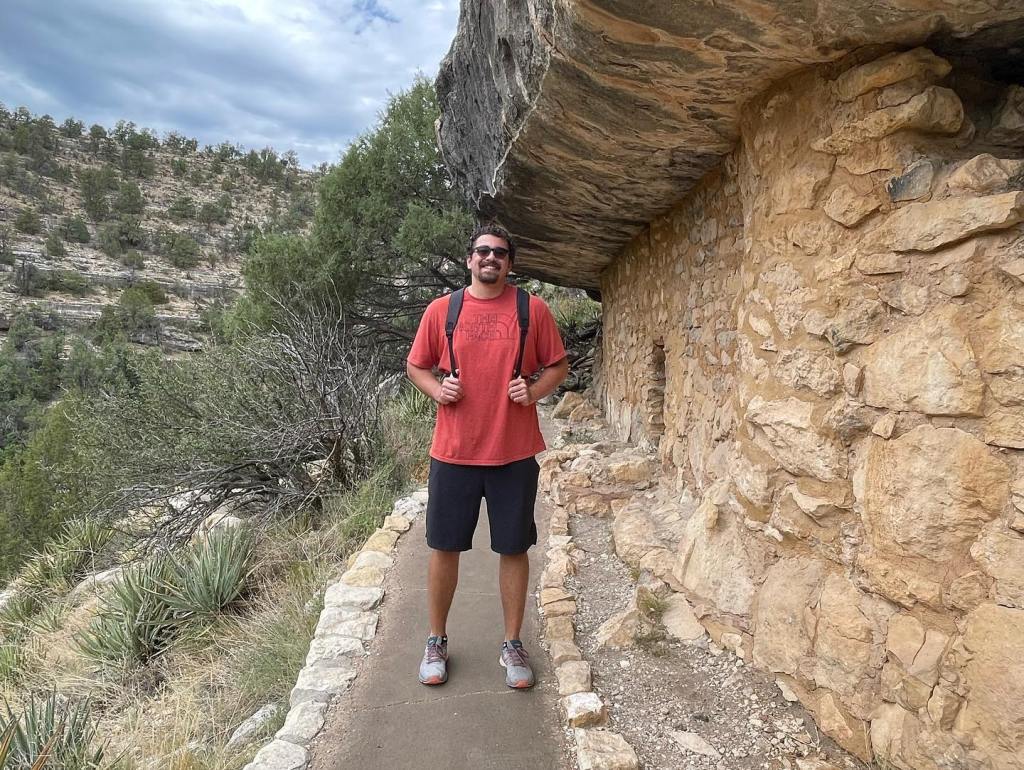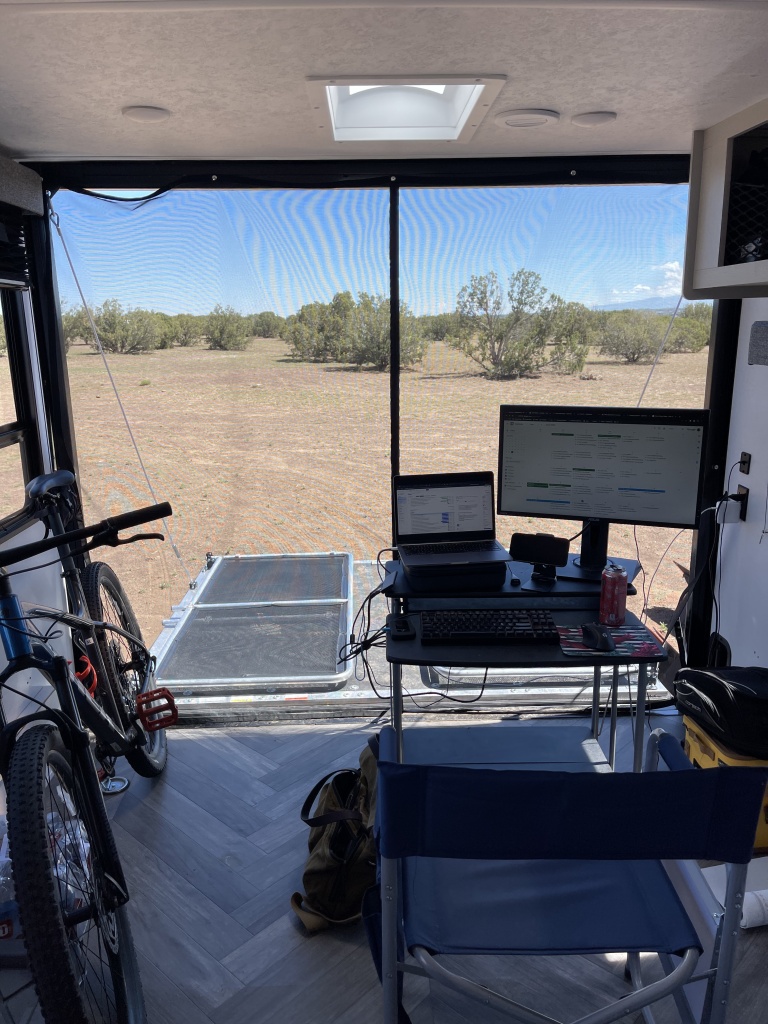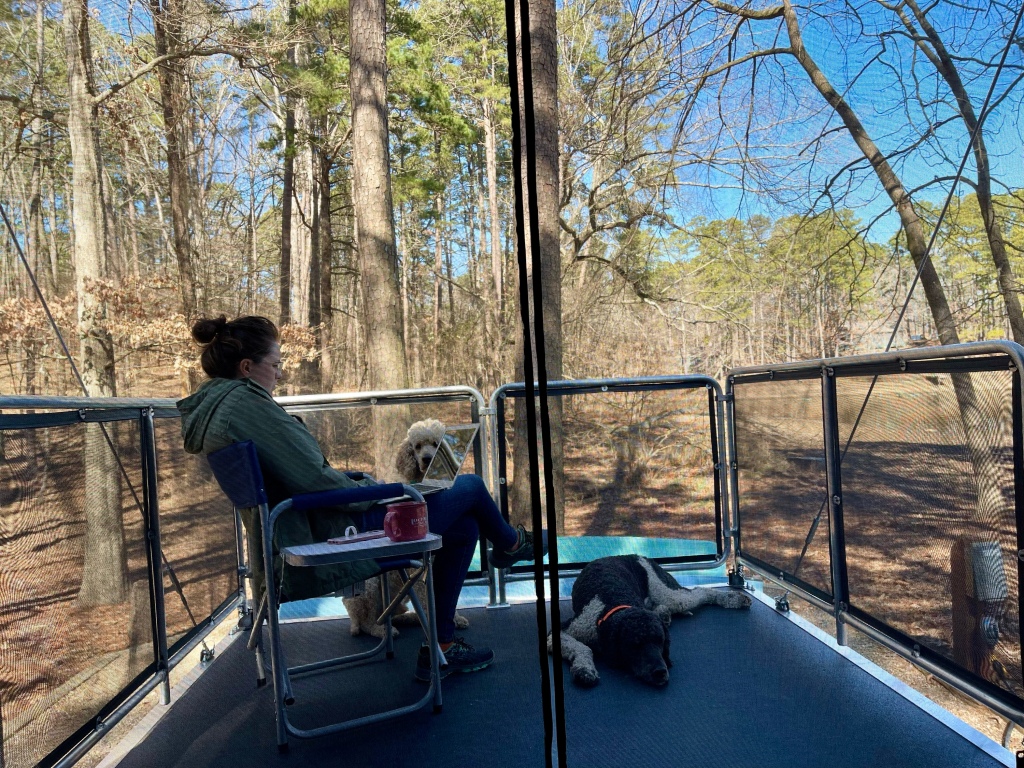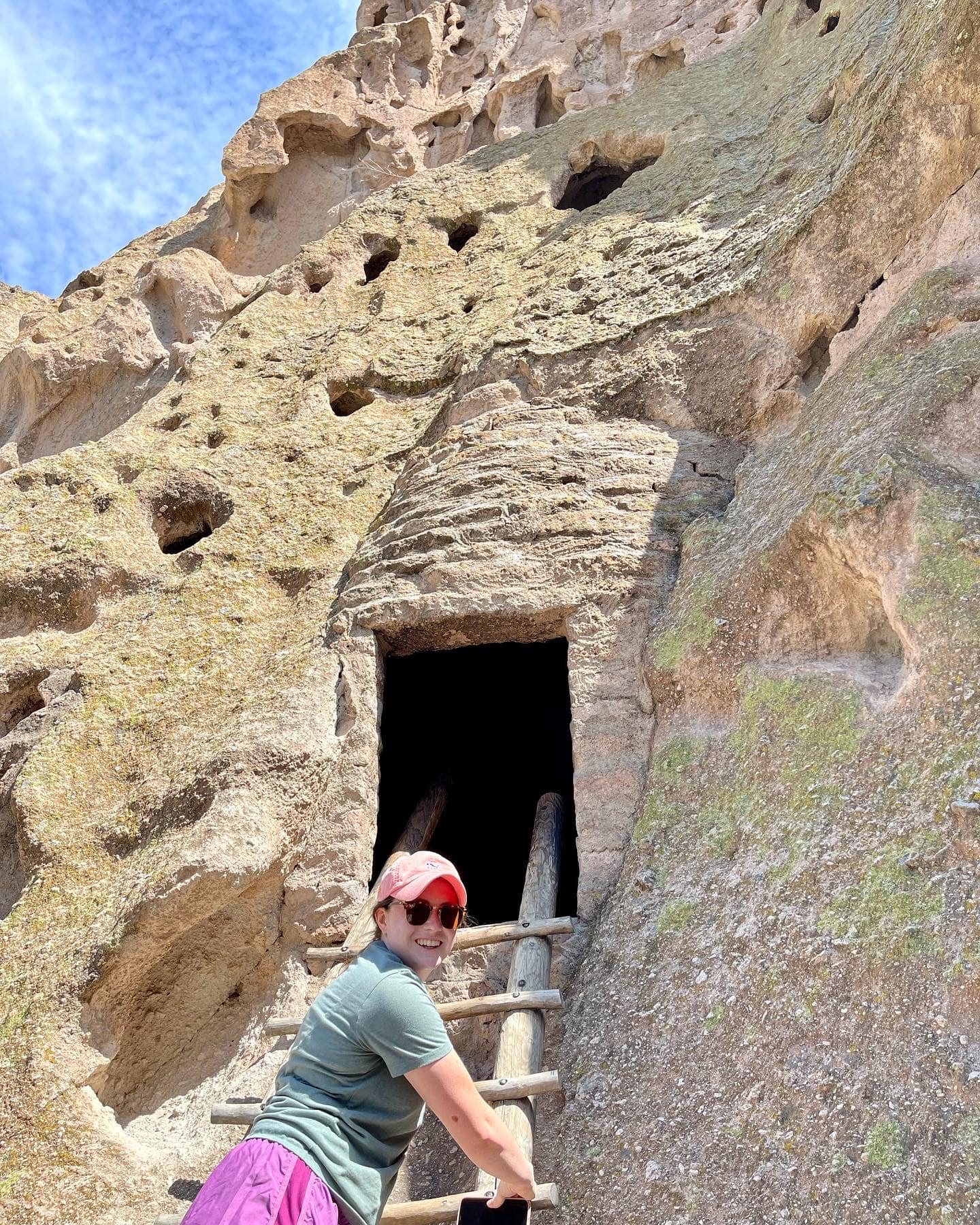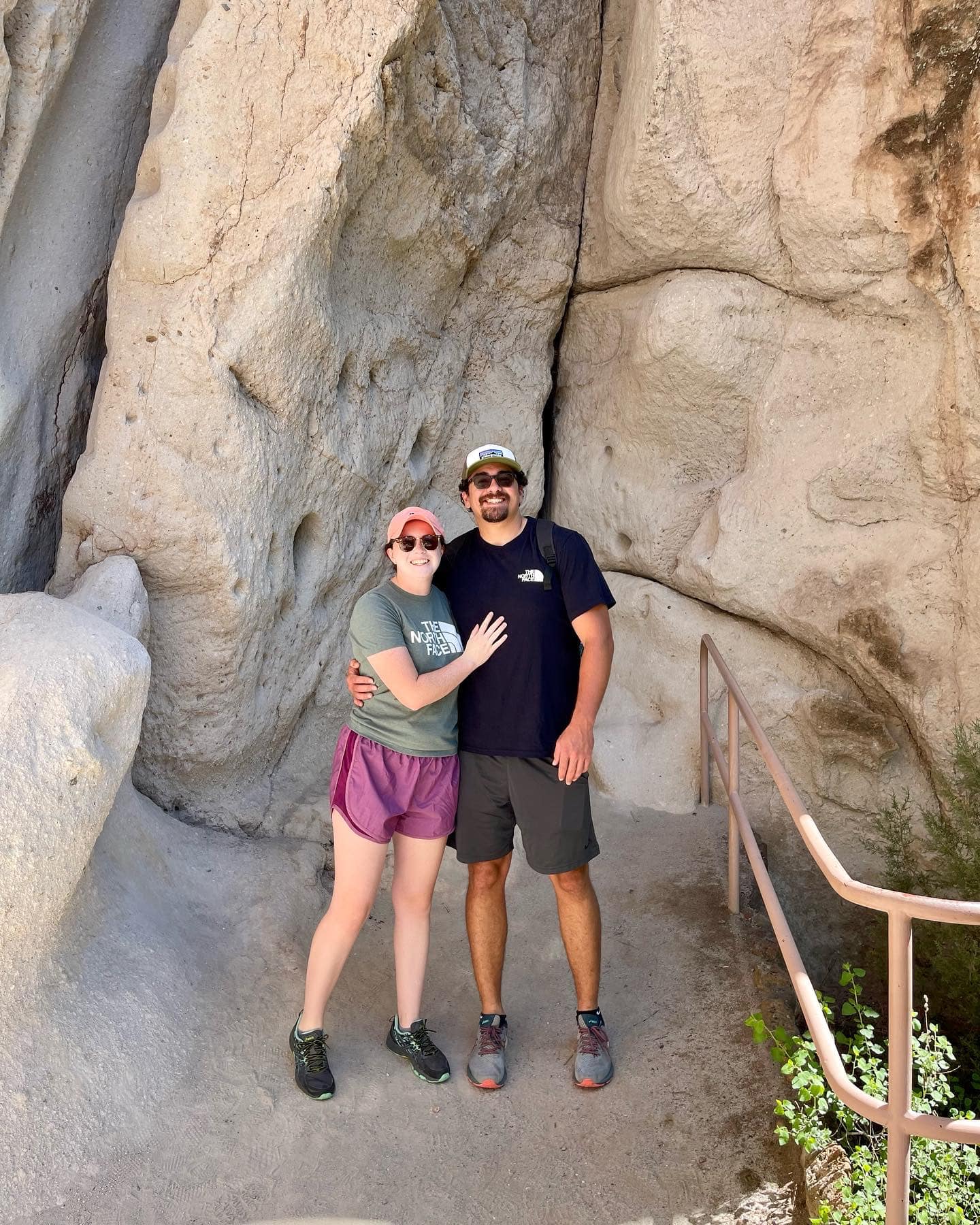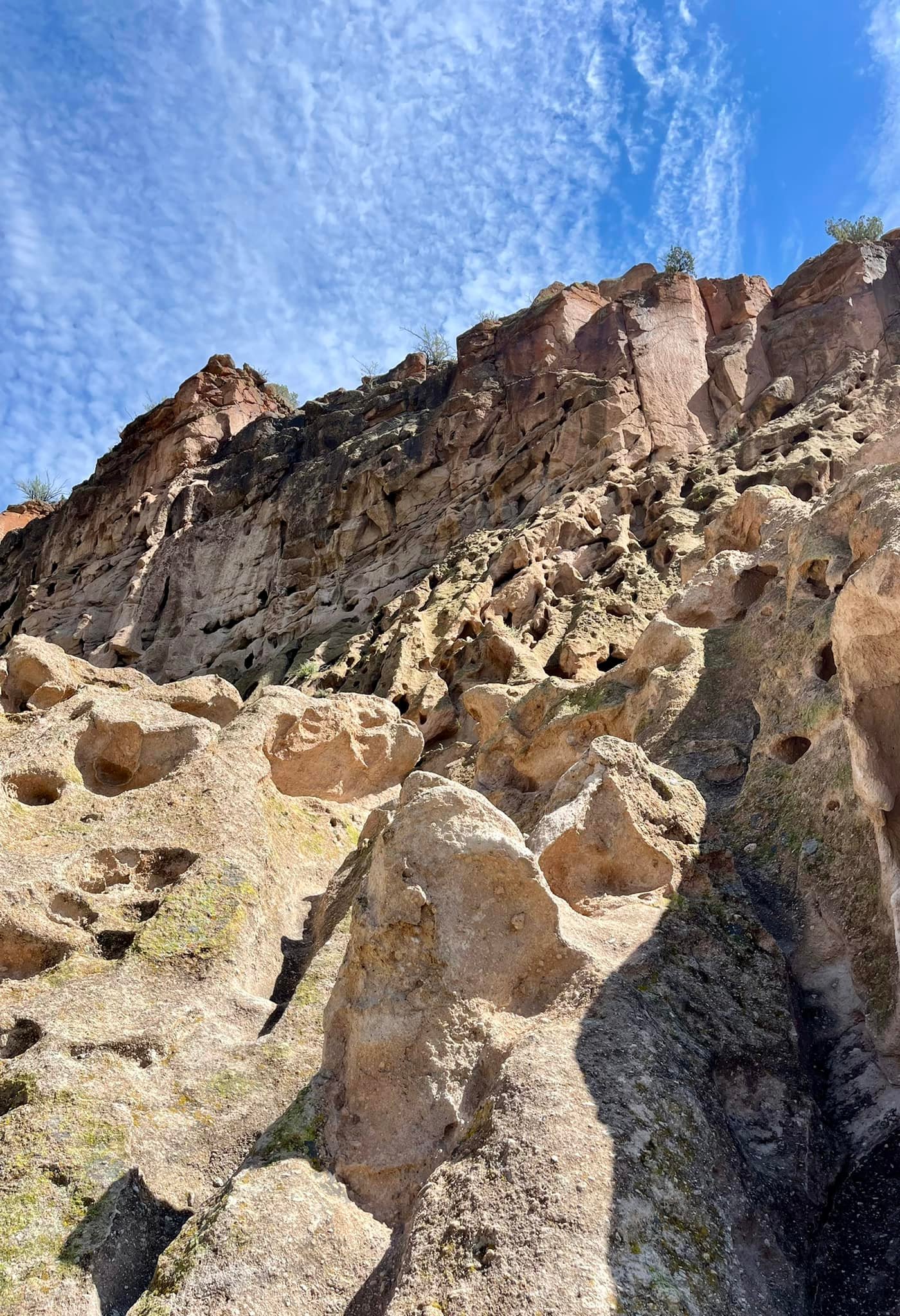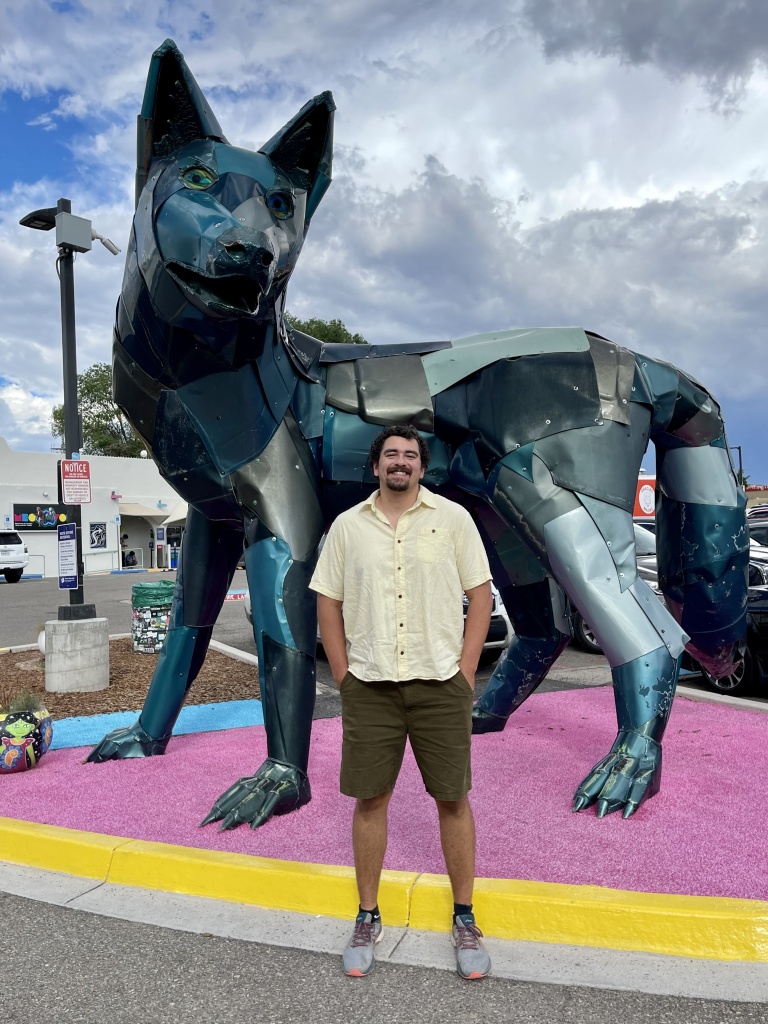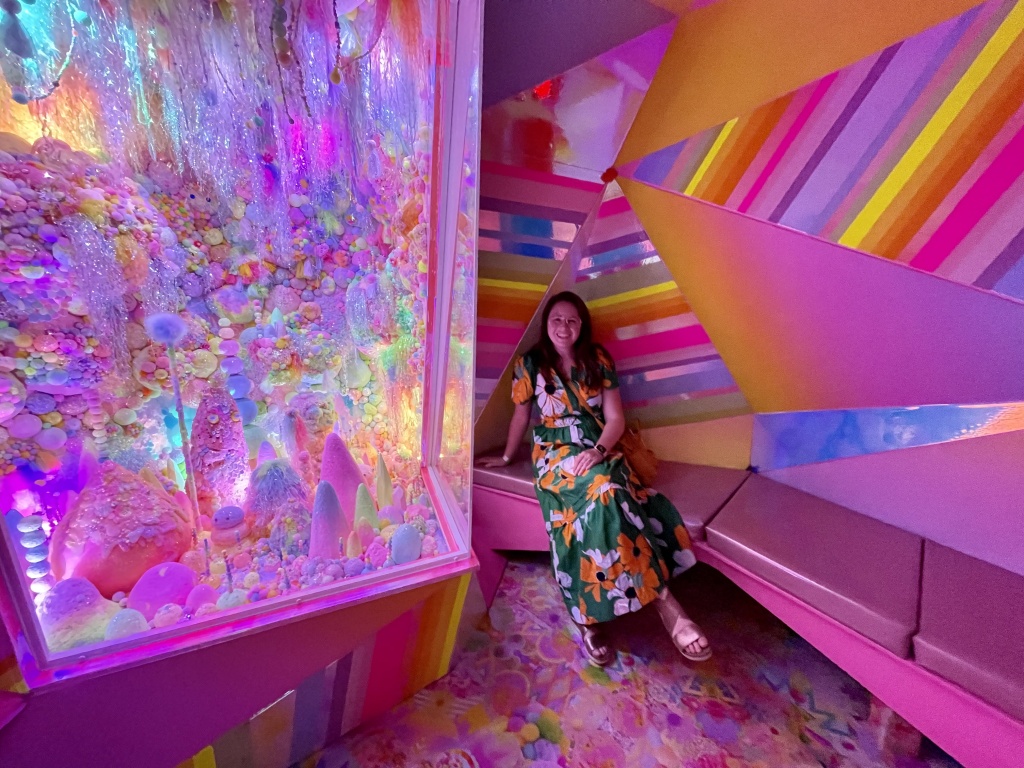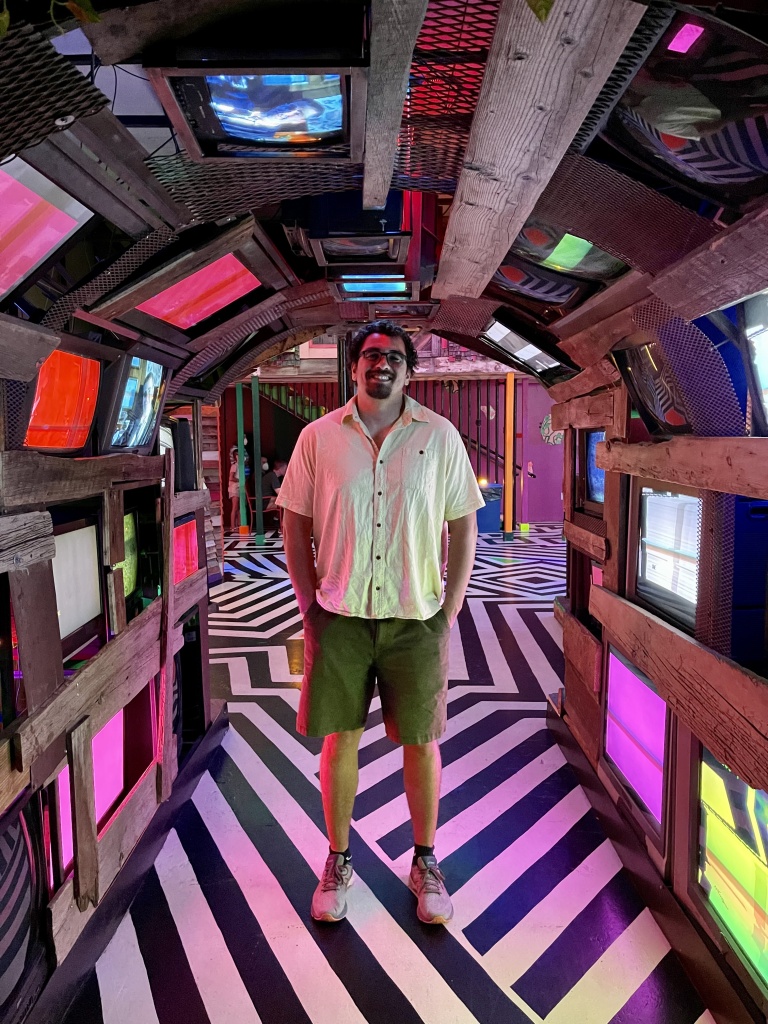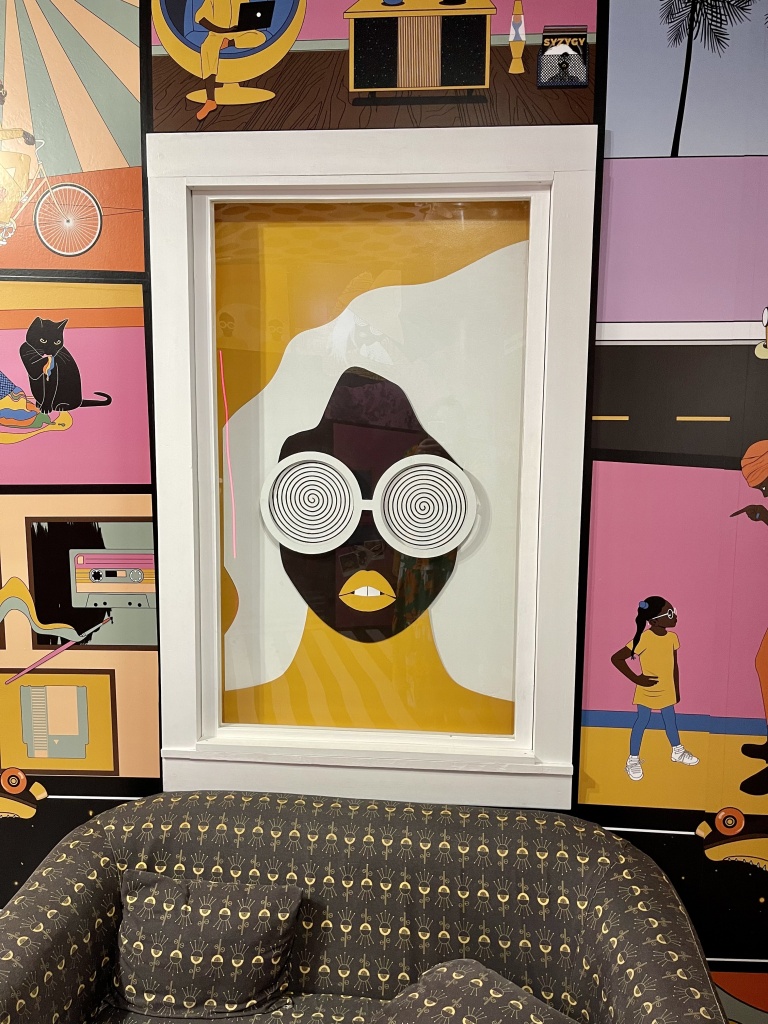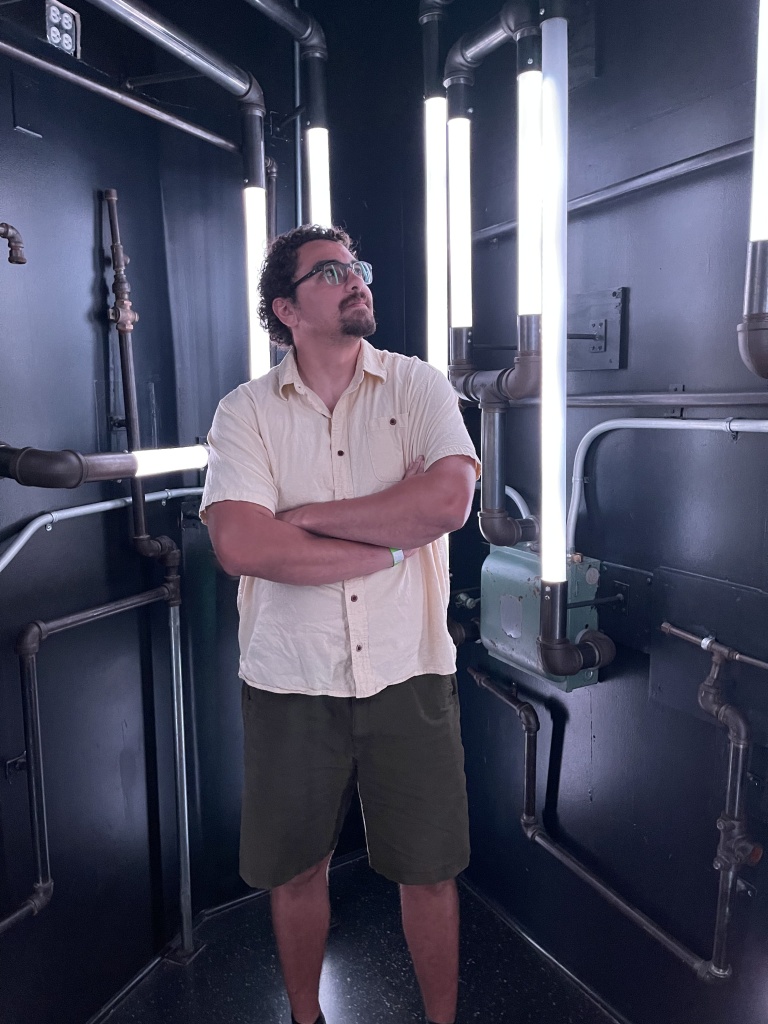Are you still in Flagstaff, Arizona? Where have your travels taken you? Hello! Anyone there?
Hi. Yes, Rebekah speaking, we are still alive! After our adventure to Grand Falls almost 2 weeks ago, my asthma started taking a turn for the worse. Apparently, dust and asthma don’t mix…who knew?
To be fair, my lungs were still weak from having COVID at the end of June, and between being in a high altitude and breathing in a lot of dust, my lungs decided to rebel! Thankfully, I packed my nebulizer, and after being put on a steroid regiment, I am on the up-and-up!
We should be back to programming as usual this weekend as we make our way to California! Originally, we had planned on heading to Mammoth Lakes, CA, but between its 7,900 ft. elevation, and the fires that are going on in the area, we decided to forego that plan and allow my lungs to fully recuperate by sticking to sea level along the coast of California.
Stay tuned for the exact cities and places we visit, but bring on the salty air! In the meantime, allow me to regale you with our adventures since Grand Falls.
As I said, because my asthma has been temperamental (to say the least), we haven’t recently gone to any national monuments, BUT that doesn’t mean we have been without any form of fun!
Joe and I met a fellow Texan at the local Orangetheory gym during our first week in Flagstaff and have hung out with him and his wife a few times during our stay! We went brewery hopping downtown and even enjoyed a pool day one weekend. I think all of us have enjoyed finding a slice of home out here in the desert…even if our alma maters are somewhat of rivals.
Comically, the first thing our new friend’s wife said to us was, “So, I heard you guys went to UT? [My husband] hates the longhorns.” We told her we wouldn’t hold the fact that her husband went to Tech against him. Ha!
Between enjoying Texas school rivalries and exploring Flagstaff with new friends, to appreciating the scenic bike trails and ancient pueblos, Joe and I have enjoyed our time here in Flagstaff. Until next time, California here we come!











